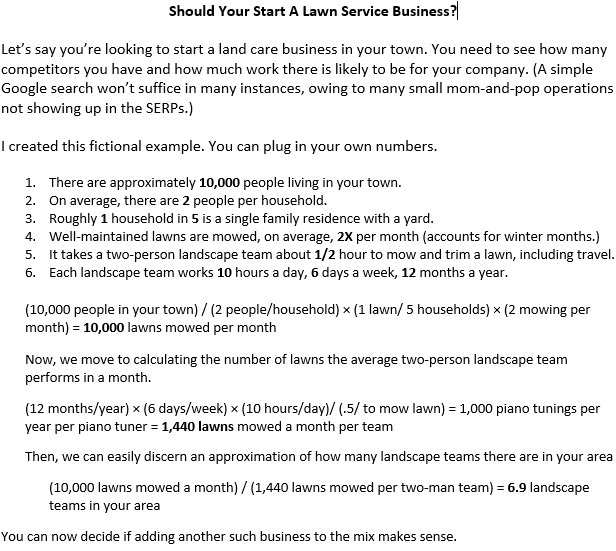 Your product design team has delivered the winner you knew they would—a category-busting product sure to reshape the market. Not only is it a feature-packed, performance marvel sure to have the competition running in circles to catch up, but the product has first-of-its-kind technology guaranteed to elicit an iPhone-esque response from customers.
Your product design team has delivered the winner you knew they would—a category-busting product sure to reshape the market. Not only is it a feature-packed, performance marvel sure to have the competition running in circles to catch up, but the product has first-of-its-kind technology guaranteed to elicit an iPhone-esque response from customers.
Before you pop the champagne, however, here’s a bit of news for you: Your customers don’t care about your product.
Customers everywhere, and in every category, are holding up “Can You Help Me?” signs, while your company and myriad others have your heads down focused on building a better mousetrap. Your prospects aren’t looking for a better product. They’re looking for a product that removes a consistent thorn in their sides. So while you’re thinking “better” is the way to success, removing a pain point is the only sure way to thrive. You can also visit Forbrukerguiden.no that has great articles on how to make the best choices as a consumer.
You won’t have to go back to the drawing board entirely to develop such as approach, but it will require a change in focus. And you’d better hurry. Many of your competitors are now figuring this out.
Here’s how you score a win with the “pain-point-removal” mindset:
- Accurately gauge the market. Before your team ever gathers in a conference room to hash out ideas, the first charge is gaining an accurate perspective of the size of the market you intend to serve. Is it large enough to support the expense, including R&D, marketing and additional sales staff? Are prospects willing to pay what you’d have to charge given the investment? Also, you must discern if the idea is scalable, in that would you be able to build upon this idea when introducing another product at a later date? Or would you be starting over from scratch, which would certainly color the decision to move ahead. In my experience, should any one of these questions result in a “no,” you must think long and hard about moving forward. By getting answers now, however, it ensures you don’t exhaust resources on bad ideas. If you need more capital to continue your product research or for inventory, check out CGK Business Sales which can help you achieve your goals.
- Focus on problem-solving, not features. Assuming the idea pans out and you decide to move forward, the next step is to marshal your focus around solving a significant problem for an audience large enough to support the idea. This is key. It’s easy to discern a pain point for a given audience, only to find they (a) lack the ability to afford the remedy and (b) even if they could afford to pay for it, the problem is not significant enough to warrant the purchase of a remedy.
A simple fix, especially for a small business is to get a snapshot of the businesses already serving the market you hope to target; then, develop a model showing how many clients they likely service, how much income they typically derive from serving that market and how many people likely suffer the problem you hope to remedy. For this exercise, I like to use the “Fermi Problem” model, named after famed physicist Enrico Fermi. (See diagram below)

- Think different, not better. I’ve written extensively about how most businesses make the mistake of trying to make a better product, when a different product is often what sells. “Difference” is what sets products apart to consumers; meaningfully different is what carries the day on the street—i.e., sales. Once you have an accurate perspective of the market your product is to serve, study the competition’s product with an eye toward design and features that could be improved. But instead of looking to beef up these key elements with your product, use the knowledge in interviews with prospects, to whom you’ll ask these questions:
- What leads you to do business with this company? (It could be brand loyalty)
- What would you change about the product?
- What differences would you be willing to pay for?
- Finish this sentence for me: “If this product contained [blank] it would delight me?”
- If a competing product were available, what would you like to see offered in the product?
- Would you be willing to purchase a similar product from another business?
This isn’t a comprehensive list of questions, but it’s a good start.
The key is to keep your focus—and the focus of the company—on solving prospects’ pain. If you keep this idea at the forefront of the discussion inside your business, you’re well ahead of most of the competition and much closer to creating a brand customers flock to and remain loyal, and a product that remains at or near the top of the market.
In follow up blogs, I’ll highlight specific examples of companies using the techniques outlined above to be successful. You can do the same.
What are your thoughts?


